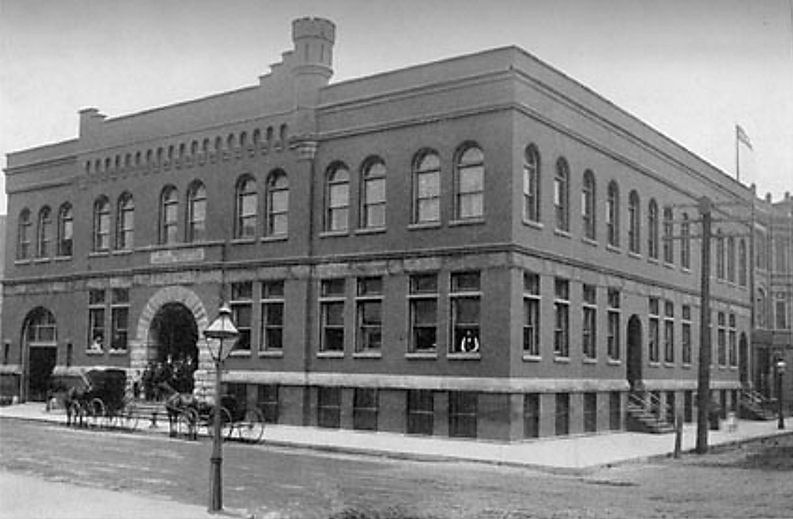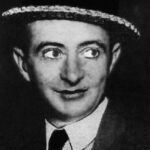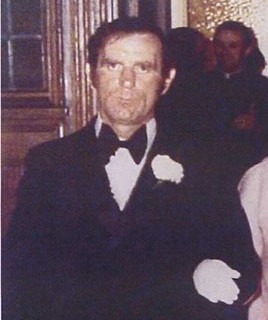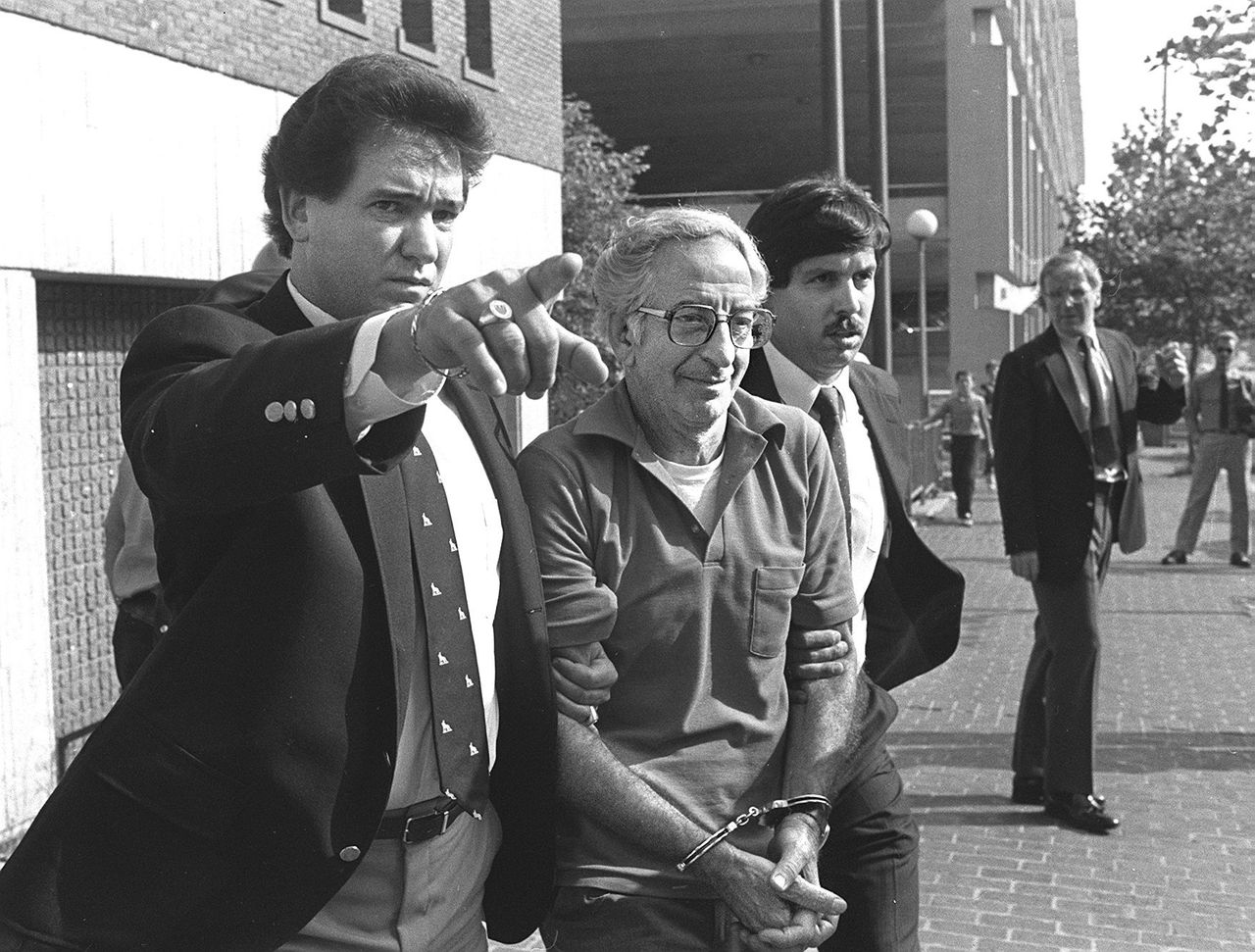For about a hundred years, the Maxwell Street District or better known as Bloody Maxwell on the Near West Side of Chicago, was the toughest neighborhood in town from the 1850s through the 1950s. Named after Dr. Philip Maxwell, who had served in the military, was the city physician and also a State legislator, Maxwell Street was originally a wooden plank road and grew into a notorious neighborhood.
The districts population was made up firstly by Irish immigrants, who came to Chicago to construct the railroads and it continued to be a “gateway” neighborhood for immigrants, including Greeks, Bohemians, Russians, Germans, Italians, African Americans and Mexicans. At its peak the district had over 200,000 residents inside an area 2 miles long and a mile wide.
Bloody Maxwell also has a place in popular culture, one of its best known landmarks was Maxwell Street Market, a 9 square block open air market which was in existence until 1994. It is where the birthplace of the “Chicago Blues” and was the scene where John Lee Hooker playing his song “Boom Boom” on the street, John Belushi and Dan Aykroyd, enter the restaurant owned by Aretha Franklin. Its also the place where the Maxwell Street Polish sausage sandwich originated. From this poverty-stricken neighborhood came many famous people, Arthur Goldberg, William Paley, Benny Goodman, Barney Ross.
Bloody Maxwell was also known for its crime and would be connected with some of the most infamous names of the Prohibition Era, Al Capone & Chicago Outfit associate Jake Guzik, Samuel “Nails” Morton a close associate of Dean O’Banion, The Valley Gang and it was the birthplace of Jack Ruby who shot and killed Lee Harvey Oswald, the assassin of U.S President John F. Kennedy.
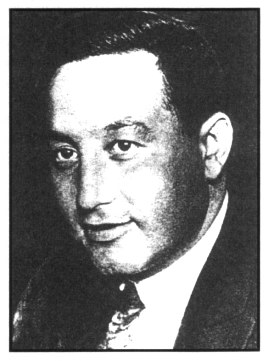


Each year, within this single square mile, murders were common place, named Bloody Maxwell by the Chicago Tribune in 1906, also known as the 22nd Precinct, it was generally the area west of the river, as far as Wood Street to Harrison and 16th.
The Chicago Tribune wrote, “Reveling in the freedom which comes from inadequate police control, inspired by the traditions of criminals that have gone before in the district, hundreds and thousands of boys and men follow day after day and year after year in the bloody ways of crime.”
The Great Chicago Fire of 1871 killed 300 people and displaced roughly 100,000, the fire started only a few blocks away from Maxwell Street however, it burned north and east, sparing Maxwell Street and the rest of the Near West Side.
The fire was originally rumored to have started started by a cow belonged to Katherine O’Leary, the cow was said to have kicked over a lantern which started a blaze that burned for 36 hours from the 8th – 10th October. However, other rumors how the fire started were swirling around, one suggests that Mrs. O’Leary’s sons were were smoking in the barn, which caused the fire. Mrs. O’Leary & the cow were both exonerated in 1997. After the fire, the O’Leary’s moved to the South Side of Chicago & the Back of the Yards neighborhood. Katherine O’Leary’s son James “Big” Jim O’Leary became a gambler & racketeer and is credited in forming one of Chicago’s first gambling syndicates.

Thomas “Buff” Higgins became a notorious figure around the streets of Chicago’s Bloody Maxwell neighborhood, born in Ireland in the early 1870’s, Thomas Higgins left Ireland with his parents and moved to Chicago at the age of 2, settling in Johnson Street. Higgins was a typical product of Bloody Maxwell, left school young, carried two guns and he became leader of the Johnson Street Gang,
Chris Merry, leader of the Henry Street Gang, was described by the Chicago Times, “as the worst criminals that ever lived in Chicago” a fierce and bloody bare-knuckle brawler. Few dared take him on as he was known for fits of rage brought on with little provocation, those who stood up to him never did a second time.
The Valley Gang were another outfit in Bloody Maxwell’s history, they got their beginnings on 15th Street in the 1890’s and were in existence for over forty years, one of their most well known leaders was Paddy Ryan, a saloon keeper who ran his run down bar on South Halstead Street. The Valley Gang’s most successful leaders were Frankie Lake & Terry Druggan, they were some of the most successful bootleggers of the Prohibition Era, amassing a fortune from bootlegging and rum-running. Its said they were making so much money that even the lowest gang member drove around in a Rolls Royce.
The John A. Walsh school on Johnson St in Bloody Maxwell district stood right in the middle of a divided neighborhood the Irisher’s on one side & The Bohemians on the other. As a boy, Thomas “Buff” Higgins had attended the Walsh School, where schoolboys banded together in groups, Irishers & Bohemians, fights were common in the schoolyard, and through them, Buff Higgins learned to fight. Blackjacks, clubs, knives and pistols were frequently used. In December of 1905 around 50 schoolkids faced off in a gun battle at the school, where between forty and fifty shots were fired. When the police arrived, they found no boy older than 15.
Between 1880 and 1920, One of the most violent locations in “Bloody Maxwell,” was the corner of 14th place and Sangamon, otherwise known as Dead Man’s Corner. located near Maxwell Street Police Station, Dead Man’s corner was continually the site of gun battles between police and criminals.

In 1888 one of the best known landmarks in Bloody Maxwell was built the Maxwell Street Police Station. The front of the police station was used in the 1980s hit television series Hill Street Blues. The station was surrounded on all sides by “corners, saloons, and houses that have seen the rise, the operations, and often the death of some of the worst criminals the land has ever known,” according to the Chicago Tribune. The cops didn’t have enough manpower to patrol the area and the thugs knew this. Most of the cops had grown up in the neighborhood, and knew the conditions. The station was in continued use by the Chicago police for over 100 years.
In the mid-1950s the east section of Bloody Maxwell gave way for the building of the Dan Ryan Expressway. In the 1980s and 1990s the area was taken over by the University of Illinois at Chicago and the area began to be gentrified, to much anger of past and current residents of the area, a petition had even been set up to send to the Mayor of Chicago to preserve the area but to no avail. What remained of the Maxwell Street market was moved several blocks to a place simply named the New Maxwell Street Market. The outdoor Blues performances continued right up to the 2000’s but eventually stopped as the remaining old buildings gave way.
The Maxwell Street Police station, that had become an iconic landmark in the Hill Street Blues TV series, it was added to the National Register of Historic Places in 1996. Today it is used by the University’s campus police.
Sources:
http://www.encyclopedia.chicagohistory.org/pages/794.html
https://www.chicagotribune.com/news/
https://uofi.app.box.com/s/jau84e3r2fcjjjnktejv1os7m3l8s0tt
https://uofi.app.box.com/s/1l8mqe7sfbyit1p0t6txwdhiaxxi21mf
http://chicagocrimescenes.blogspot.com/2008/10/bloody-maxwell.html
http://chicagocrimescenes.blogspot.com/2008/10/maxwell-street-police-station.html
http://chicagocrimescenes.blogspot.com/2008/10/walsh-school.html
https://www.wbez.org/
http://maxwellstreetfoundation.org/history/timeline/

